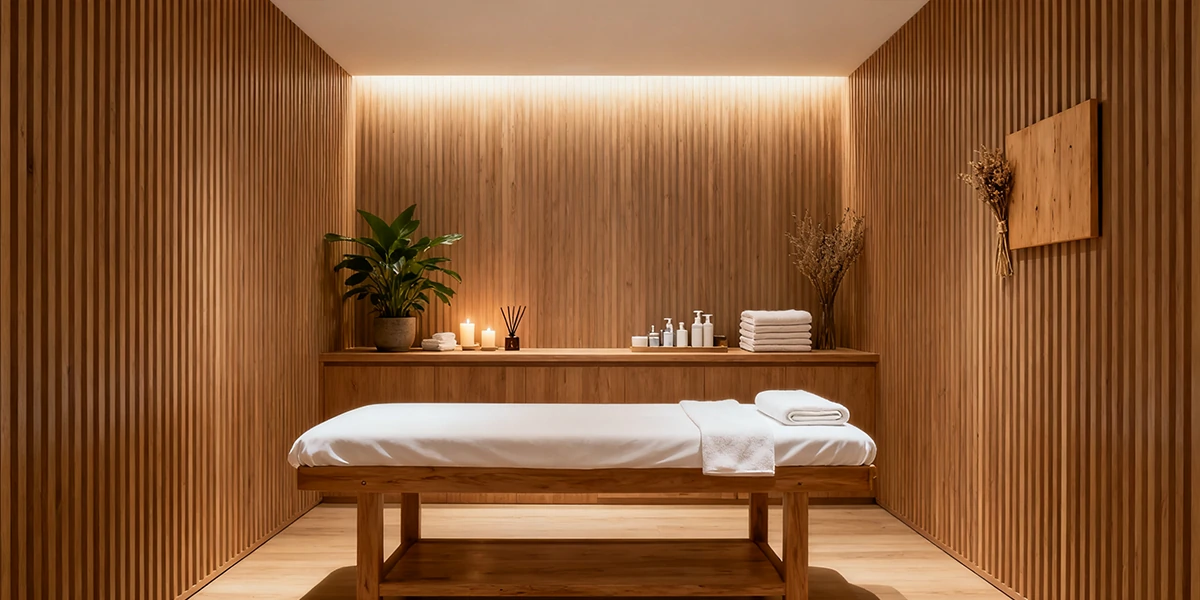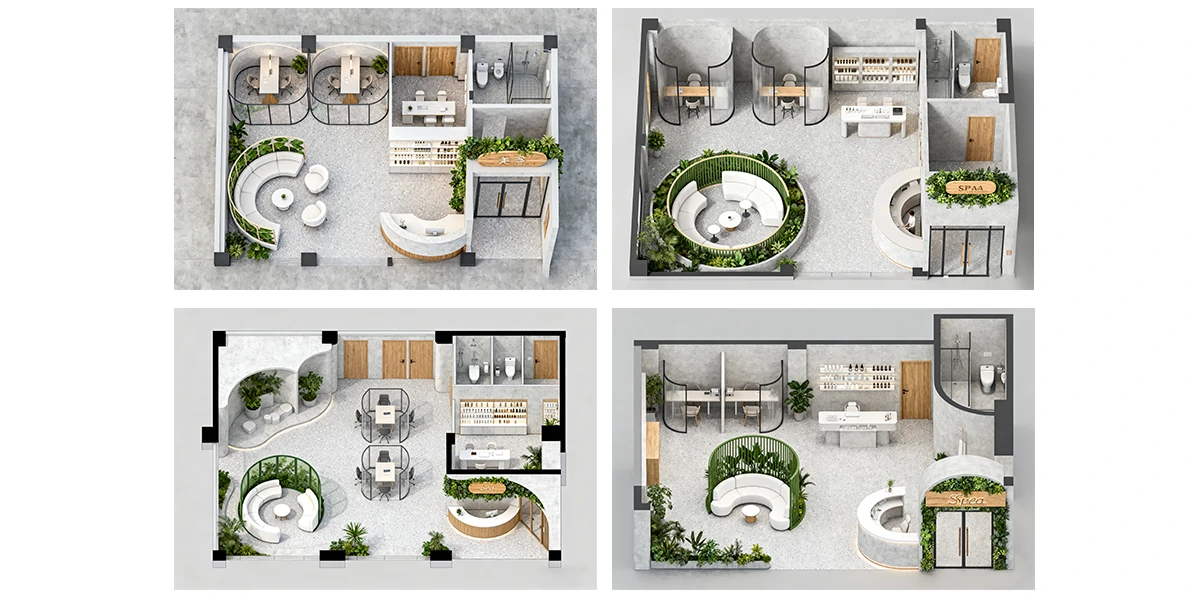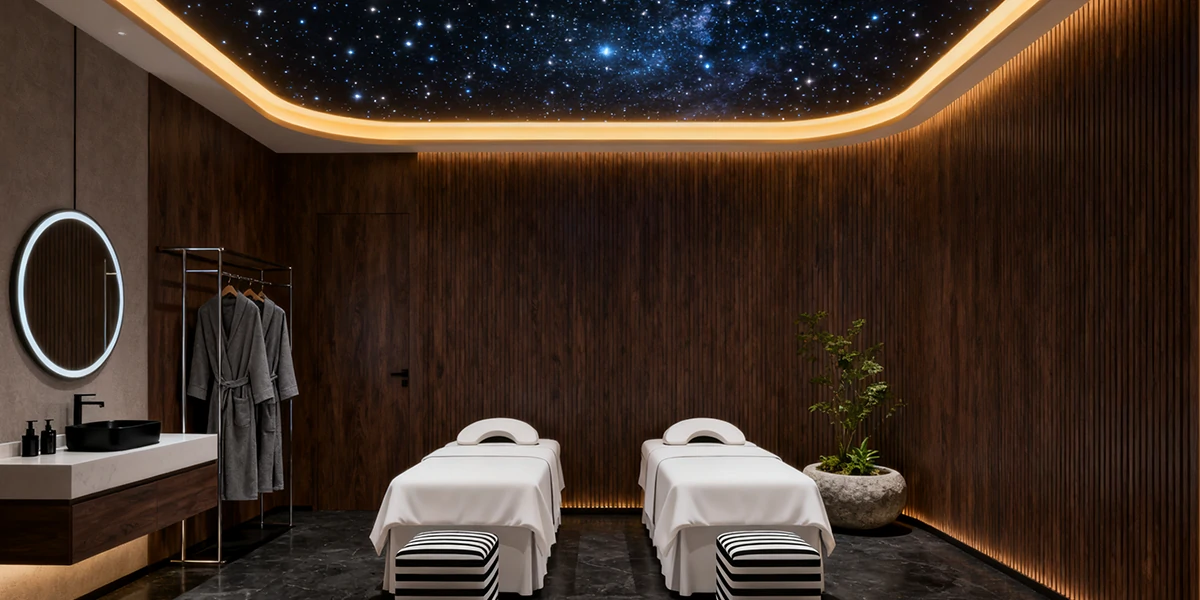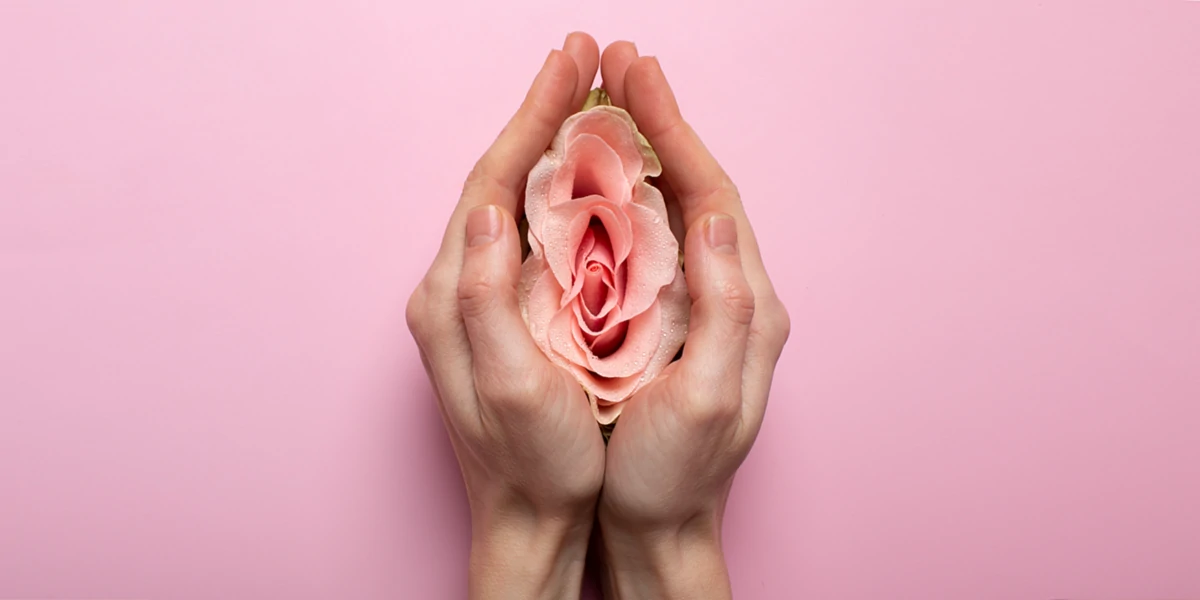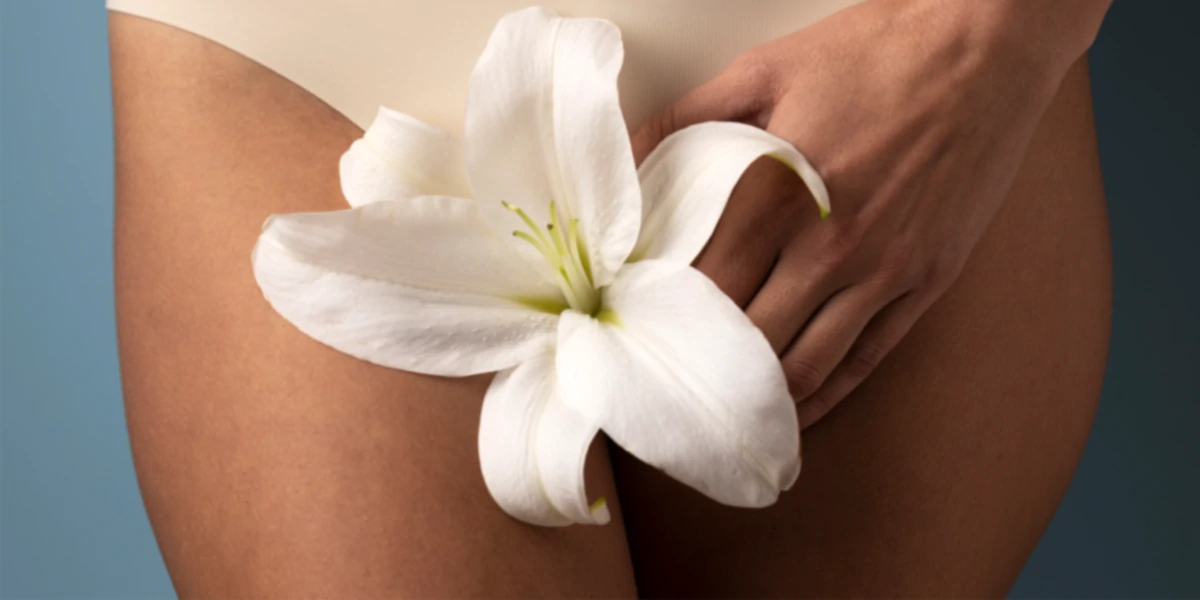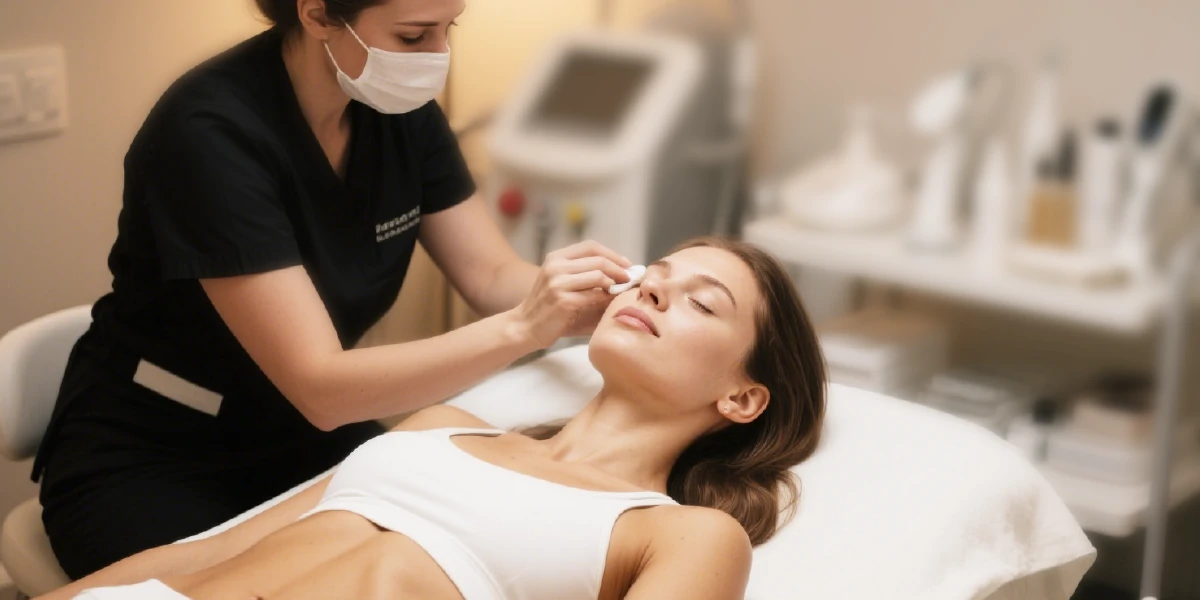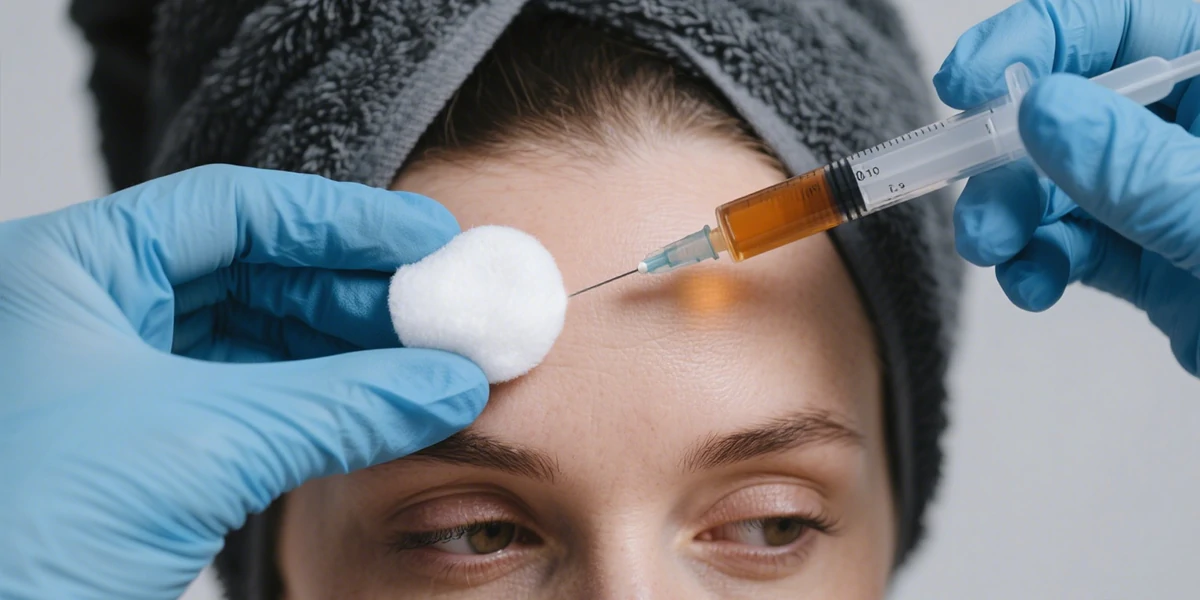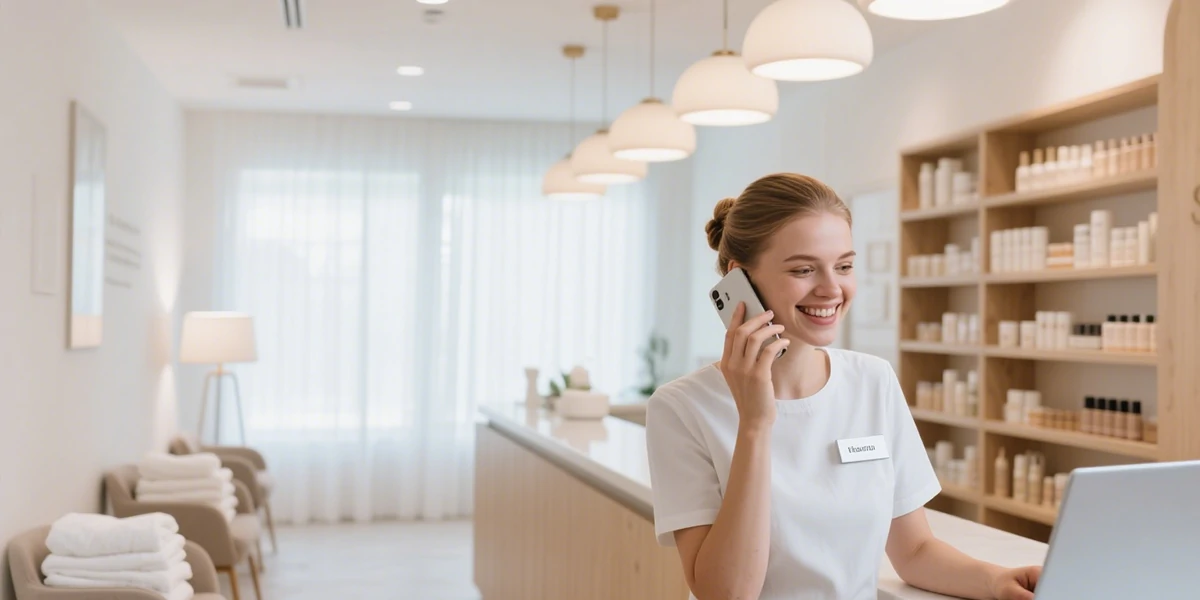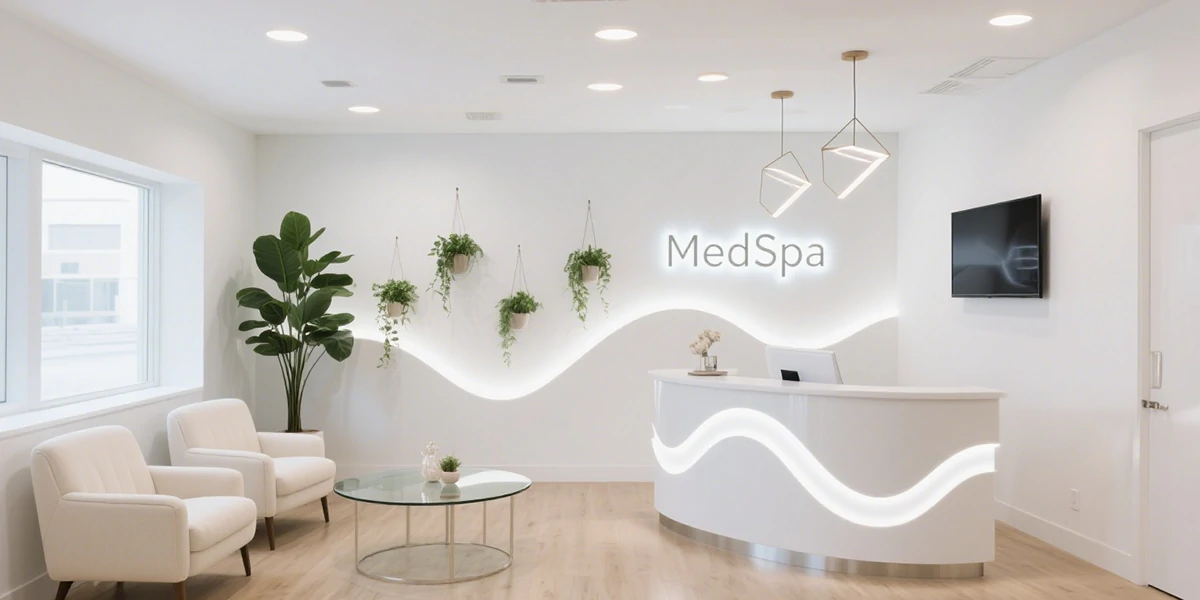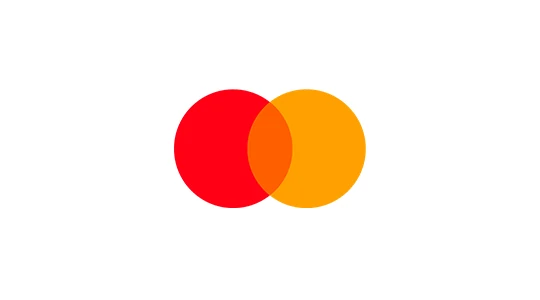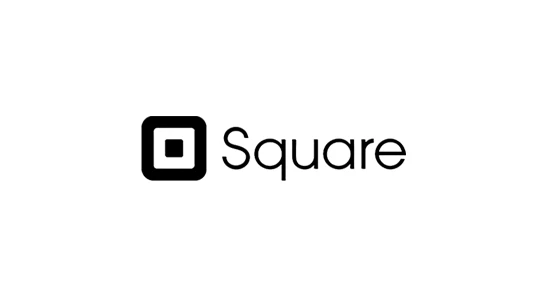Blog
Spa Design & Layout: The Ultimate 2025 Guide to Creating a Profitable and Unforgettable Sanctuary
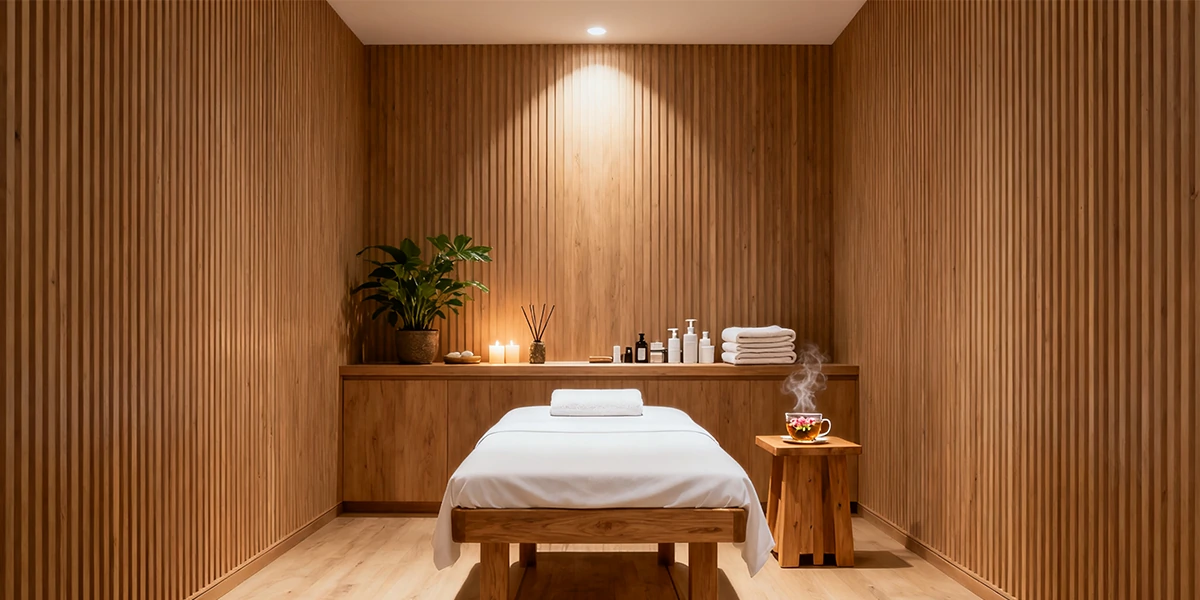
Your business plan is perfected, and your niche market is clearly defined. Now, how do you transform that brilliant vision into a physical space that captivates clients and keeps them coming back? The answer lies in a single, powerful word: design.
The design of your spa is far more than just aesthetics; it is your silent salesperson. It’s a powerful business tool that directly influences client experience, staff efficiency, brand perception, and, ultimately, your profitability. A well-designed space can justify premium pricing, encourage longer visits, and turn first-time clients into lifelong advocates. This focus on design isn’t just an afterthought; it’s a core component that should be integrated early into your spa business plan and factored into your initial startup costs.
This article is your comprehensive blueprint. Whether you’re planning a grand luxury center or optimizing a compact boutique salon, we will guide you through the smartest design decisions to create a true sanctuary.
The Cornerstone of Design: The Psychology of an Unforgettable Client Experience
Great spa design appeals to our deepest psychological needs for comfort, safety, and serenity. It’s about crafting an environment that systematically calms the nervous system from the moment a client walks in.
1. Crafting an Immersive Sensory Journey
A truly memorable spa experience engages all five senses.
- Visual:Utilize color psychology to set the mood. Calming blues, natural greens, and warm, earthy neutrals are proven to promote relaxation. Lighting should be layered: soft ambient light for general mood, focused task lighting for treatments, and accent lighting to highlight architectural details or retail products.
- Auditory:The importance of sound cannot be overstated. Invest in quality soundproofing for treatment rooms to ensure absolute tranquility. Curate a playlist of soothing nature sounds or gentle instrumental music that aligns with your brand.
- Olfactory (Smell):Develop a subtle, signature scent using essential oil diffusers. This scent becomes a powerful part of your brand identity. The key is to be “just right”—a gentle hint of lavender, eucalyptus, or sandalwood—not an overpowering fragrance.
- Tactile (Touch):Quality is felt. From the cool, heavy weight of a door handle to the plush fabric of a waiting lounge sofa and the softness of your treatment towels, every texture communicates your brand’s commitment to luxury and comfort.
2. Mastering Flow, Circulation, and Privacy
The layout, or “flow,” of your spa dictates the client’s physical and psychological journey.
- Client Flow:The ideal path is a seamless, one-way loop: Entry -> Reception -> Consultation -> Changing Area -> Treatment -> Relaxation Lounge -> Retail -> Exit. This prevents awkward encounters and ensures a smooth, uninterrupted experience.
- Staff Flow:Design efficient, behind-the-scenes pathways for staff to move between treatment rooms, the back-of-house, and storage areas without disrupting the client’s peaceful journey.
3. The Magic of the ‘First Impression’ Zone
The reception area is where trust is built. It must be a perfect blend of warmth and professionalism. A clean, uncluttered desk, comfortable and stylish seating, and subtle branding elements will immediately put clients at ease, signaling that they are in capable hands.
Style is Brand: Aligning Design with Your Market Niche
Your spa’s design style is the visual extension of your brand story. The style you choose should be a direct visual translation of your chosen direction from our guide on 10 profitable spa niche ideas.
- Modern Minimalist:Clean lines, neutral colors, and uncluttered spaces. This style is perfect for a high-tech medi-spa or an “Urban Express Spa,” conveying efficiency, cleanliness, and professionalism.
- Organic & Biophilic:This style incorporates natural materials like wood and stone, abundant plant life, and natural light. It’s the ideal choice for a “Holistic & Wellness Retreat,” creating a deep, calming connection to nature.
- Luxury & Glamorous:Rich textures like velvet and marble, metallic accents (gold, brass), and dramatic lighting fixtures define this style. It targets a high-end, anti-aging, or bridal market, communicating opulence and exclusivity.
- Cultural-Themed:Whether it’s the tranquility of a Japanese Zen garden or the vibrant warmth of a Balinese villa, a strong cultural theme can create a unique and highly memorable escape for clients.
The Spatial Blueprint: A Functional Zone-by-Zone Breakdown
- Reception & Waiting Lounge:The reception desk needs integrated, hidden storage and well-placed power outlets for POS systems. Seating should be comfortable, and brand literature or retail teasers should be displayed elegantly.
- Treatment Rooms:A standard room should allow for 360-degree access around the treatment table. Dimmable lighting is non-negotiable. Maximize space with built-in, floor-to-ceiling cabinetry for supplies. Pay meticulous attention to details that ensure privacy, like solid doors, draft excluders, and blackout curtains.
- Wet Areas (if applicable):For showers or steam rooms, safety and hygiene are paramount. Use high-quality non-slip flooring, ensure excellent ventilation to prevent mold, and choose materials that are durable and easy to clean.
- Hallways & Transitions:Don’t let hallways be dead space. Use them to continue the sensory journey with subtle changes in lighting, curated art pieces, or a shift in wall texture.
- Back-of-House:An efficient and organized back-of-house—including a staff breakroom, a clean linen storage area, and a well-managed stock room—is the unseen engine that keeps your spa running smoothly.
The Core: Efficient Layouts & Equipment Integration for Profitability
This is where design directly translates to revenue. Every square foot must be optimized.
Small Space, Big Impact: Layout Strategies for Compact Spas
- Fuse Functions:Combine your reception area with your retail display. Use hallways to create a “brand story” wall.
- Flexible Divisions:Use elegant screens, heavy curtains, or sliding panels to create multi-purpose areas that can be adapted as needed.
- Go Vertical:Utilize wall-mounted shelving and tall, slim cabinets to draw the eye upward and free up floor space.
- Visual Expansion:Strategically placed large mirrors can instantly make a room feel larger. A unified, light color palette and smart, layered lighting also create a sense of spaciousness.
Strategic Equipment Layout: The Intersection of Design and Profit
This entire process is deeply intertwined with how you choose the right aesthetic devices, as your equipment dictates your layout, electrical needs, and service potential.
Equipment Selection and Design:
- Vertical vs. Desktop:Your room size will influence your choice. For larger rooms dedicated to body contouring, a powerful vertical unit like Tingmay’s 360 Degree Cryo Slimming Fat Freezing Machine is ideal. For smaller, multi-purpose rooms, a compact desktop beauty devices might be more practical.
- Single-Function vs. Multi-Function:Investing in a multi-functional platform, such as Tingmay’s popular 8-in-1 Hydrofacial machine, is a key strategy to boost your clinic’s revenue by offering numerous services from a single device, saving both space and money.
Planning for Key Equipment:
- Large Devices:High-revenue machines like an EMS Body Sculpting Machine or a Laser Hair Removal Machine require more than just floor space. You must plan for adequate clearance on all sides for the technician to operate comfortably and safely.
- Power & Ventilation:During the initial design phase, consult the specifications for your chosen equipment. High-power devices often require dedicated electrical circuits with specific voltage. Furthermore, you must plan for adequate ventilation to manage heat output, which is crucial for device longevity and safety.
Trends & Budgets: Modern Spa Design in Practice
2025 Design Trends and Beyond
- Tech Integration:From tablet-based client intake forms to smart systems that allow clients to control their own room’s music and lighting, technology can elevate the experience.
- Sustainability:Using eco-friendly materials like bamboo flooring and low-VOC paints, along with energy-efficient lighting and water-saving fixtures, is not just a responsible choice—it’s a powerful marketing story that resonates with modern consumers.
High-Impact Design on a Budget
- Prioritize Investment:Spend your money where it matters most: a high-quality, comfortable treatment bed, your core revenue-generating Tingmay device, and a professional lighting system.
- Leverage Soft Furnishings:You can dramatically alter the feel of a space affordably with plants, mirrors, curated art prints, and luxurious textiles for cushions and throws.
- Always Test Samples:Never commit to a paint color or flooring material based on a picture. Always test samples in your actual space under its specific lighting conditions to avoid costly mistakes.
For visual inspiration and to see these principles in action, we recommend exploring design galleries on websites like Spa Business or American Spa. Pinterest is also an invaluable tool for creating mood boards for each zone of your spa.
Conclusion: Your Spa Space, Your Most Valuable Asset
A meticulously designed spa is more than a beautiful backdrop; it is a strategic investment in your brand’s value, your clients’ loyalty, and your long-term commercial success. It is the physical embodiment of your promise to your clients. Therefore, view your design not as a one-time task, but as a dynamic process that can evolve and be refined as your business grows.
Your dream space is now on paper. It’s time to equip it with professional technology that delivers exceptional results and maximizes your return on investment. To help you further explore design inspiration and best practices, here are some valuable resource recommendations:
- American Spa – Discover the latest spa design trends and inspiration.
- Spa Business – Explore interior design case studies and advice to create your ideal spa environment.
- ArchDaily: Features top salon projects designed by renowned architects, showcasing bold innovations and cutting-edge design concepts.
- Dezeen: A hub for outstanding spa and wellness center designs, focusing on materials, lighting, and modern aesthetics.
- Pinterest: A powerful tool for creating Mood Boards with specific searches that lead to high-quality images for effective design planning.
- American Spa Magazine: Offers insightful articles and case studies on spa design, emphasizing commercial success and operational design thinking.
- Designboom – Find inspiration from successful spa design projects.
- Spa Executive – Get practical advice on optimizing spa equipment layout.
By integrating these resources, you’ll be better equipped to build your spa, enhance the client experience, and ultimately achieve commercial success. Explore Tingmay’s full range of professional beauty devices to see how our products can seamlessly integrate with your perfect design to help you build a successful business.

